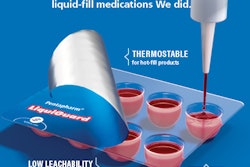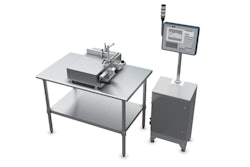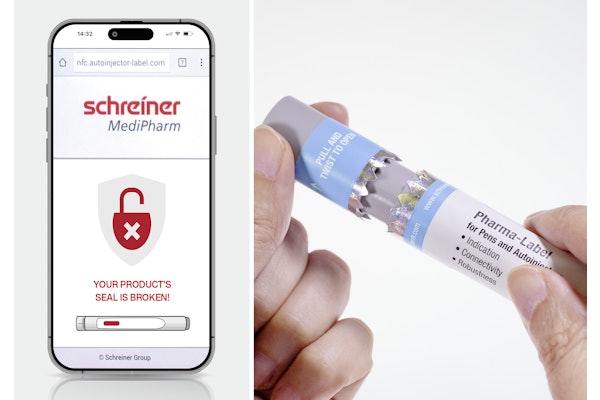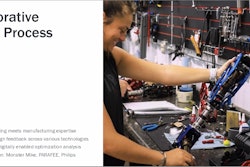Think of serialization and it’s easy to focus on compliance deadlines, or what equipment to buy, or what software to use, etc. But Steve Peterson sees serialization in a very personal way.
Peterson, Principal of Peterson Group, LLC told a Nov. 8 ISPE Conference audience that at the heart of serialization is the patient—in this case himself. Describing himself as a healthy man in his fifties, a yearly checkup two years ago and subsequent testing revealed he had an unusual disease: aplastic anemia. MayoClinic.org defines aplastic anemia as “a condition that occurs when your body stops producing enough new blood cells. …Treatment for aplastic anemia may include medications, blood transfusions or a stem cell transplant.”
Peterson and Optel Vision (www.optelvision.com) Senior Product Line Manager Mario Simard co-presented “Serialization-Regulatory Compliance” during the ISPE Conference’sCompliance Trends Track.
Peterson said his experience in pharmaceutical packaging and serialization gave him insights into several of the medications he has or is taking to combat his condition. He showed slides of his packaged meds, from companies such as Mallingkroft, Pfizer, GSK and AbbVie. Some were printed with serialized codes, some were not. These medications are helping to save his life and that’s what makes their serialization compliance so deeply personal to him.
Simard offered several key points from his role with a supplier providing products, services and expertise to pharmaceutical manufacturers and contract manufacturers on a global scale. Among his key points were the following:
- Securing a safe drug supply chain requires patients receive the right medications at the right time
- Companies need to apply legislation/regulation to minimize and eliminate counterfeiting and diversion
- Serialization compliance can be viewed as a business opportunity
- Around the world, there are some 15,000 packaging lines that need to be serialized
- 80% of global meds must be serialized by 2019. Today, less than 25% are equipped with serialization capabilities, and it’s likely less than that. “There is a great challenge in front of us,” he noted.
- Serialization is complex and involves packaging people working on the production floor, warehouse personnel, and departments such as labeling, validation, logistics and often-forgotten, IT. “IT is now in the game,” said Simard.
- Whether you establish in-house expertise or use external sources such as consultants and suppliers, you have to have the right people.
- It takes about 34 weeks to go from planning to start of production to implement serialization. Aggregation takes at least 12 months due to training. You will miss the deadline if you start aggregation now.
- Interoperability of systems used in serialization is imperative. Everything needs to mean the same thing for all stakeholders in your supply chain.
Time to get moving
The presenters encouraged companies not ready to meet serialization compliance to proceed not out of panic, but with a sense or urgency. They recommended if new machinery is necessary, consider putting in purchase orders now, even if your company is uncertain about specifications.
Peterson ended the presentation by showing a slide of his family. “For me, this is what serialization is ultimately about—our family, our friends, and ultimately us as patients!”





















